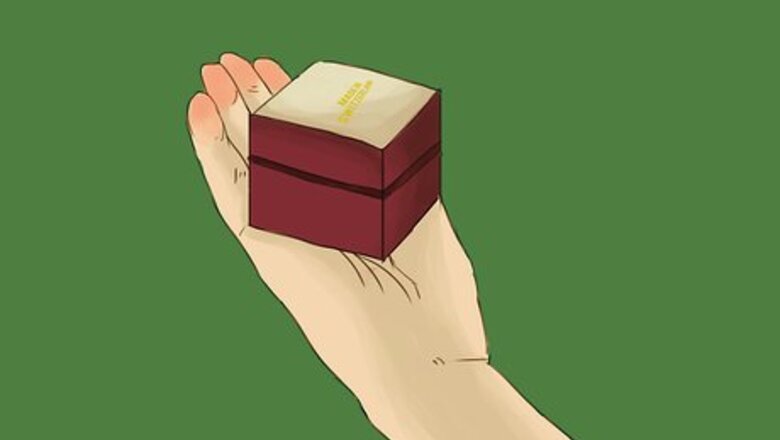
views
How can you tell if an opal is real?
Fake opals have a repeated, uniform pattern while real opals don’t. Turn your opal on its side and look closely at the coloring. A synthetic or fake opal will have a systematic color order that’s created with neat color blocking. This is known as the “lizard skin” effect and is meant to mimic the natural color layers of real opal. In other words, a real opal will look different from all angles, with different splotches of color here and there, while a synthetic opal has defined lines or blocks of color throughout.
Spotting a Fake
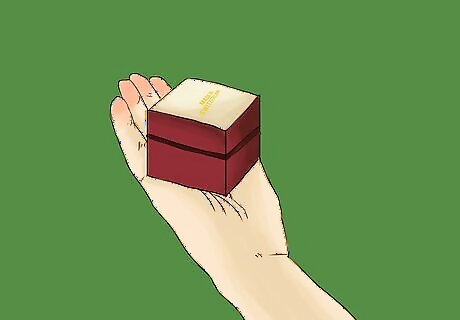
Check the country of origin. Most real opals are mined in Australia, which is the opal capital of the world. Russia and Hong Kong make high quality fake opals that some shady jewelers try to pass off as the real thing. If your opal does not come from Australia then you should seriously suspect its validity.
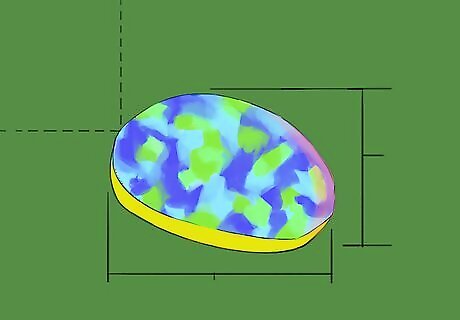
Inspect the symmetry. If the opal is a natural stone, then even with cutting and polishing it may not be entirely symmetrical. If the opal is a perfect circle or oval, then you should have a licensed jeweler inspect it before you make the purchase.
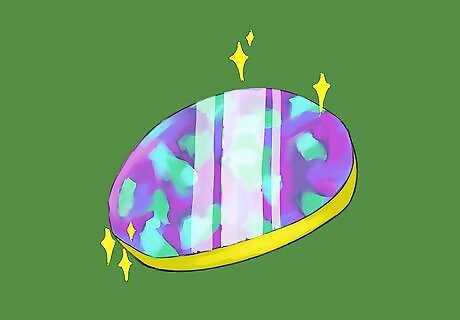
Look at the opal in strong, white light. Do not use a fluorescent light, because it can make the opal appear to have more facets than it actually does and can give the impression of additional colors. If the opal seems to have multiple layers of color, then this is a good indication that it is the real thing. However, if an opal only appears to have colors immediately below the surface, it may be a fake.

Check the price. A real opal, even a small one, will usually cost over $100. If an opal in a jewelry setting costs only $20 or $40, then you should suspect the bargain.
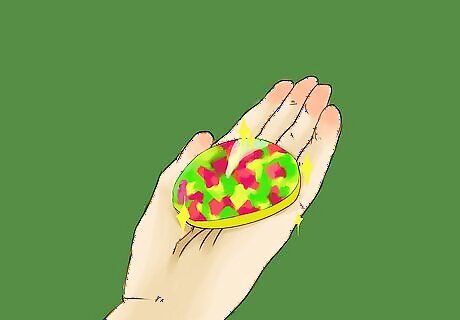
Look closely at the pattern. An opal created in a laboratory (Gilson opal)displays bright colours in large patches of colour. The pattern is often 'too perfect' and ordered, and can also often display a 'snakeskin' pattern.



















Comments
0 comment